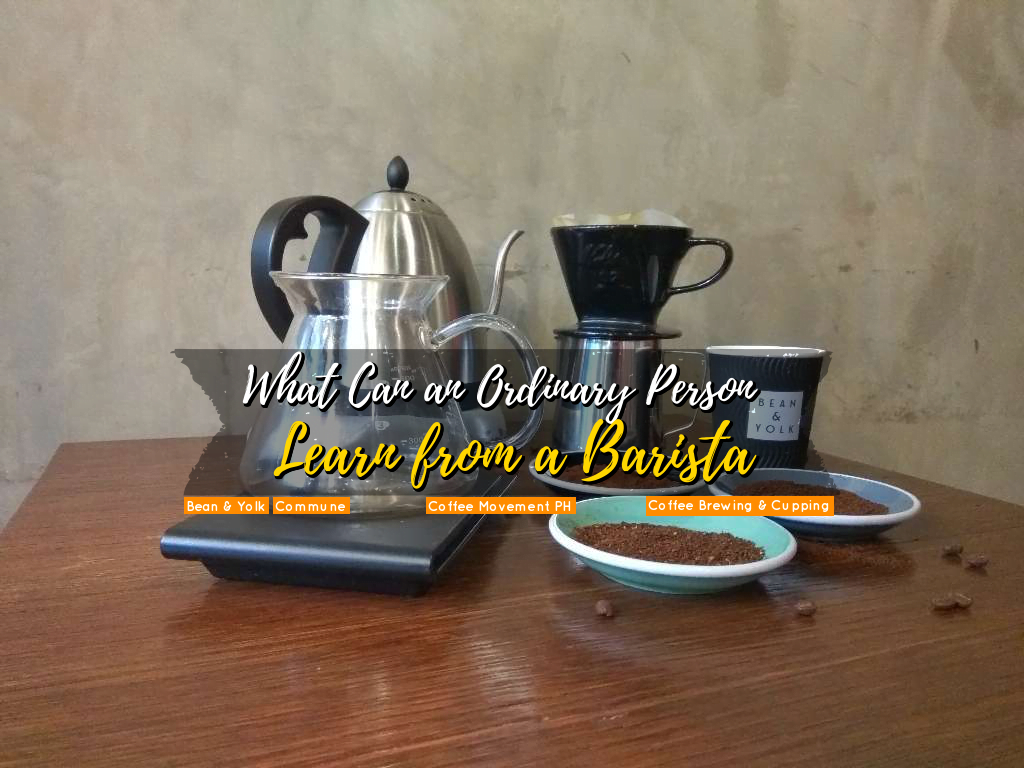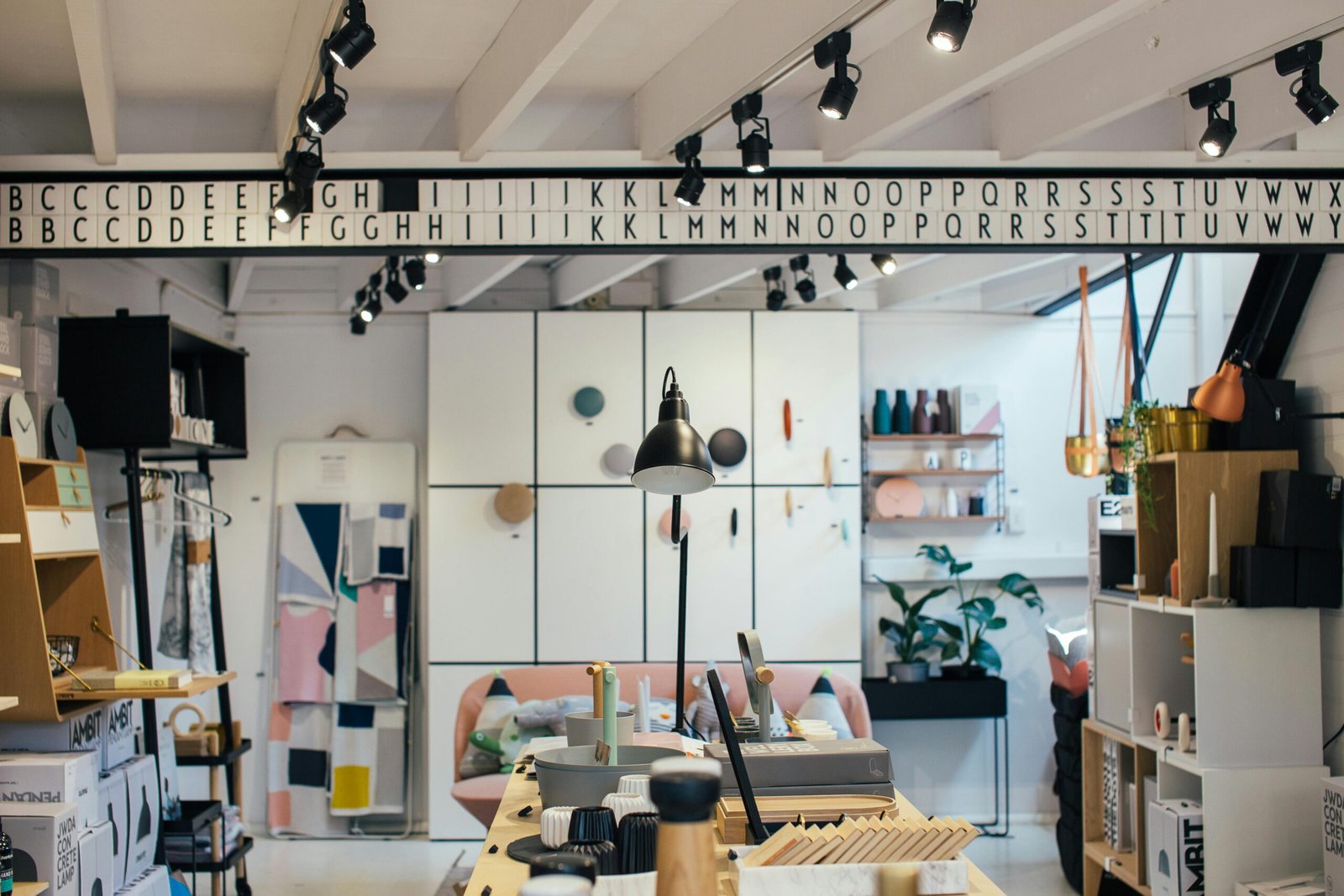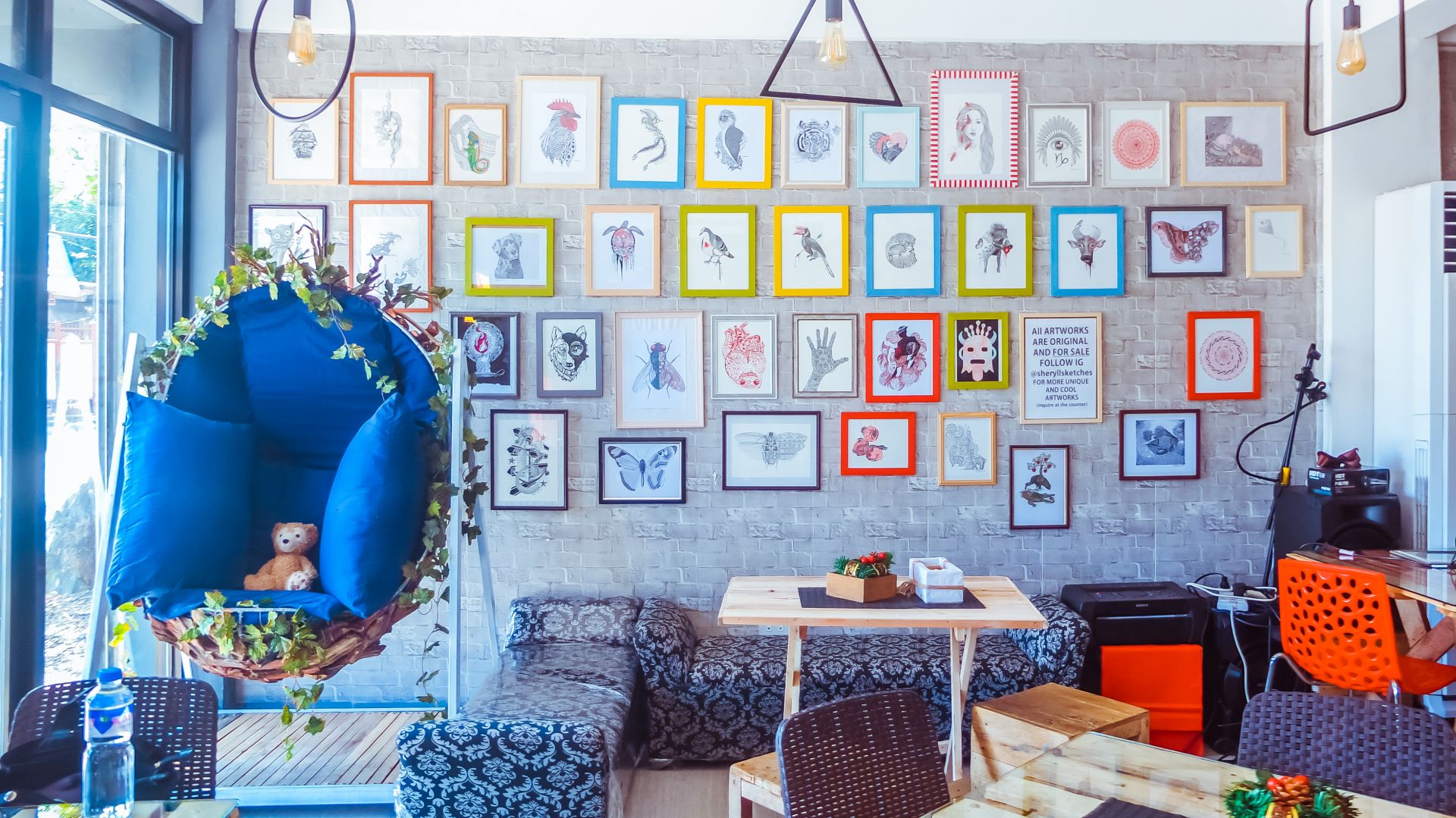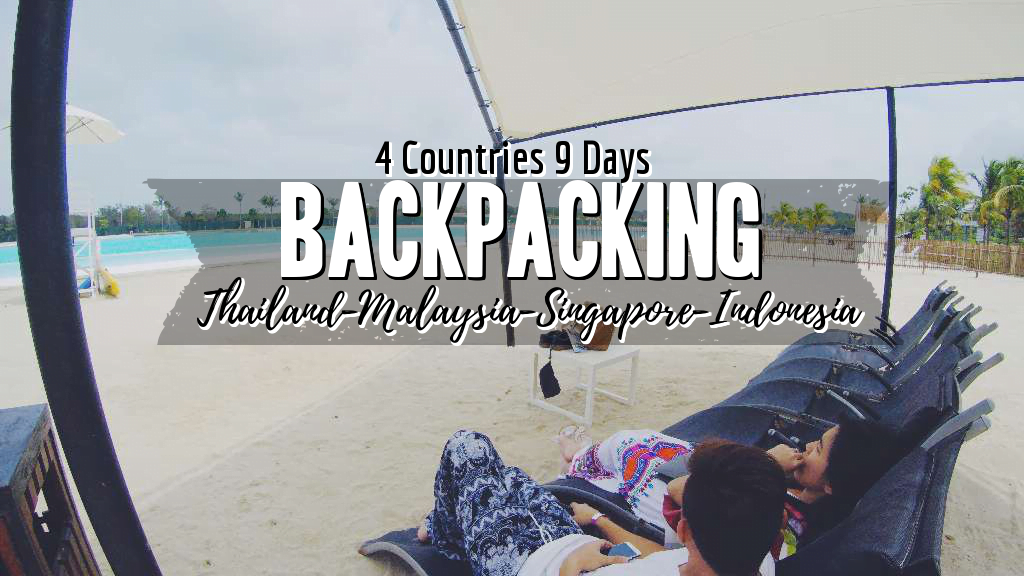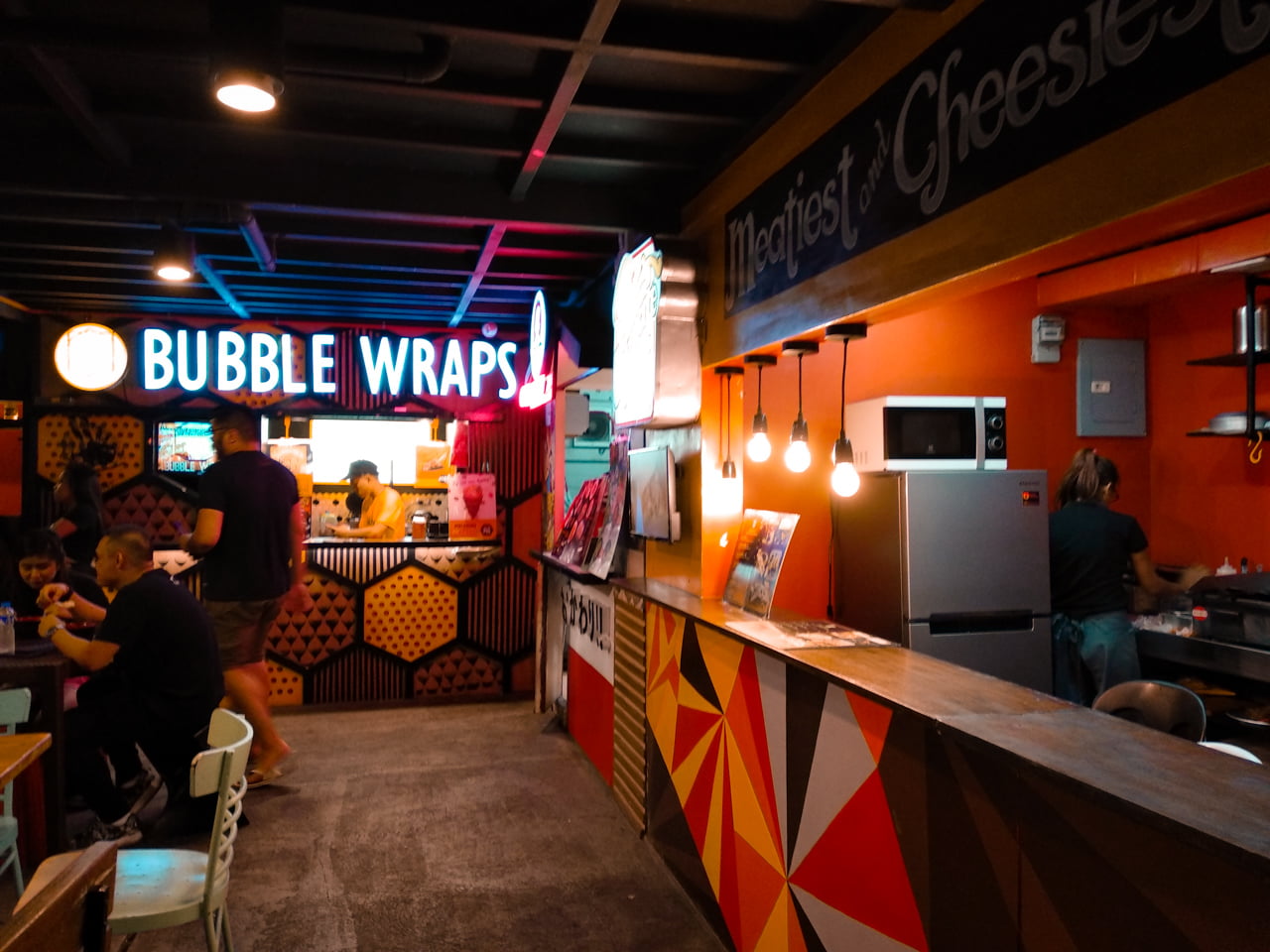The Coffee Movement PH sent out an invite and I got a slot. Together with other bloggers, influencers, and consumers, we went on sessions for coffee cupping and coffee brewing. coffee making
TCMP was created with the aim of –
- Introducing third wave/specialty coffee to more Filipinos, elevating their coffee experience.
- Promoting local roasters and local third wave/specialty coffee houses, and
- Building a community of producers and caffeine lovers where everyone can learn and enjoy coffee, not just as a drink, but a delighting component of their everyday life.
TCMP is a community-building initiative that creates an avenue where specialty coffee producers, sellers, and enthusiasts can interact, learn, and collaborate. It organizes various activities such as Coffee Crawl, Coffee Discovery, Coffee and Art, and a lot more. coffee making
Bean & Yolk – Coffee Brewing Session
We went first to Bean and Yolk. The coffee shop is located at Unit G6 Bel Air Soho Suites St., Polaris, Makati, 1210 Metro Manila. A small but cool place for coffee enthusiasts. The shop specializes in specialty coffee and eggs, hence, Bean from coffee bean and Yolk from egg yolk. You may check their menu here.
Michael, their barista, helped us in expanding our knowledge about coffee beans and what about specialty coffee is. There are 3 cultivated types of coffee beans. The 1. Coffee Arabica; 2. Coffee Robusta and; 3. Coffee Liberica. coffee making
Coffee Arabica is mostly sold through specialty coffee shops. Coffee Robusta is the one you always had in instant coffees and has higher caffeine content. Coffee Liberia only makes up about 3% of the world’s coffee grade population.
When you grind your coffee beans, there will be 3 types as well. The coarse grind, medium grind, and fine grind. Coarse grind is mostly used in French pressed coffees. Medium grind is commonly used in drip brewing style. Fine-grinded beans are usually used on your espresso.
Pour-Over Method for your Medium Ground Coffee
Michael showed us the proper style in making a medium-grind pour-over coffee brew lovelier. The medium coffee grounds needed to be consumed within the first 10-15mins in order to save the flavor. Bring hot water to a boil. Use 30 grams of coffee for 350 grams of water.
Place your coffee filter on the dripper. It’s advisable to wet it out first before putting coffee grounds in. Do not forget to dump the water before starting brewing! coffee making
Place your coffee filter on the dripper. It’s advisable to wet it out first before putting coffee grounds in. Do not forget to dump the water before starting brewing!
Add the coffee grounds to the filter and gently rap it to even out the surface of the grounds.
Starting from the center, pour the hot water slowly over the coffee, spiral to the outer edge and back to the center again. Repeat four times with 30 seconds interval every time. The goal during this pour is to sink all of the grounds on the surface of the bed. coffee making
Once done, your coffee is now ready to be served. From the dripper cup, pour your coffee into your favorite coffee cup. You do not need to add your sugar and creamer (as advised by most baristas) so you can have your coffee served at best. After all, you asked for a brewed coffee, right?
Commune Cafe+Bar – Coffee Cupping Session
Commune Cafe+Bar is located in 36 Polaris, Makati, Metro Manila. They proudly serve all Filipino made coffee beans. You may check their lovely menu in here.
In this cafe, we were taught about coffee cupping or coffee tasting. Coffee cupping is the practice of observing the taste and aroma of a brewed coffee. This is a professional practice that can be done by practically anyone or by professionals as well.
In Commune, we were asked to practice cupping. Yes, we’re beginners with this method but we surely enjoyed the session we had headed by Ros Juan. She’s a magnificent instructor. coffee making
Cupping involves deeply sniffing the coffee for its aroma, loudly slurping the coffee so it spreads to the back of the tongue. The taster attempts to determine the taste, the body (or texture), the flavor, and the aftertaste.
We had cupped 5 types of coffee beans harvested from around the Philippines. First off with the aroma, some smelled sweet, some smelled strong, some smelled like a chocolate, some smelled lighter than the others. Next is the tasting, as mentioned earlier, you have to slurp the coffee fast and loud to the back of your tongue to better determine the taste, texture, flavor, and the aftertaste of the coffee. Every coffee bean is different. Different taste, different aroma, different sensation. I liked most was the one with the strongest aroma, while the others didn’t like it at all. They were saying that the beans were smelling like a urinal. But it’s my best bet. Who cares? Lol. coffee making
Coffee Crawl PH
Coffee crawls are being organized in a lot of countries all over the world. In the Philippines, however, there is no known organized coffee crawl activities or events. As such, TCMP started Coffee Crawl PH, an open activity that gives attendees a glimpse of what third wave/specialty coffee is all about. It involves the introduction of third wave/specialty coffee, brewing demonstrations, cuppings – all while meeting new friends and discovering new coffee houses. coffee making



